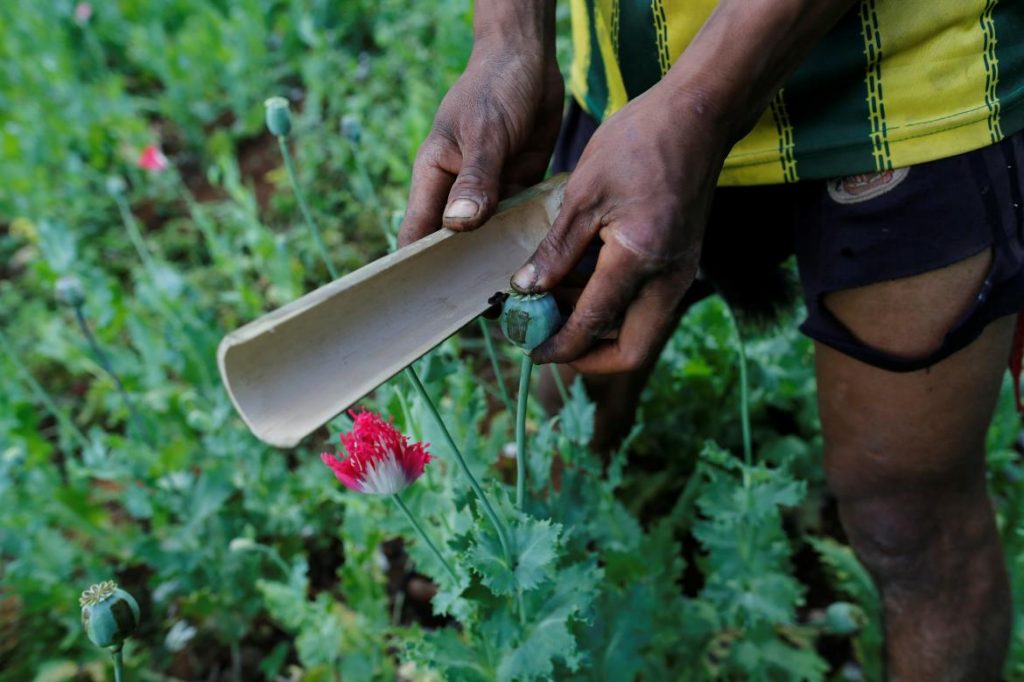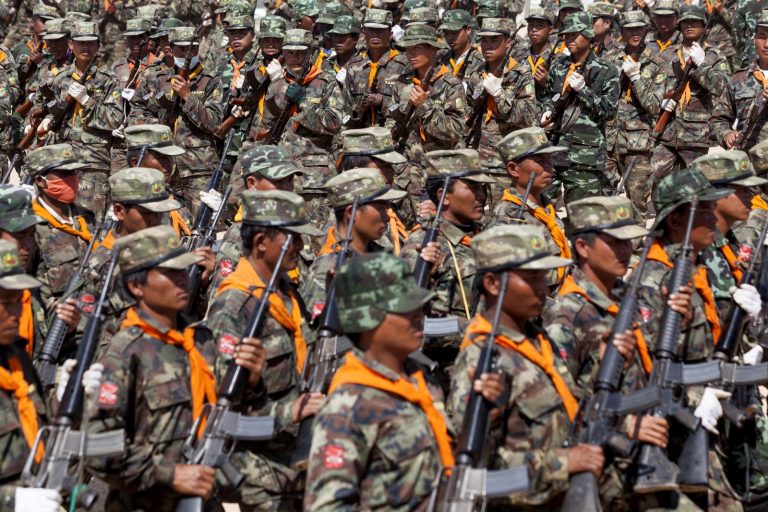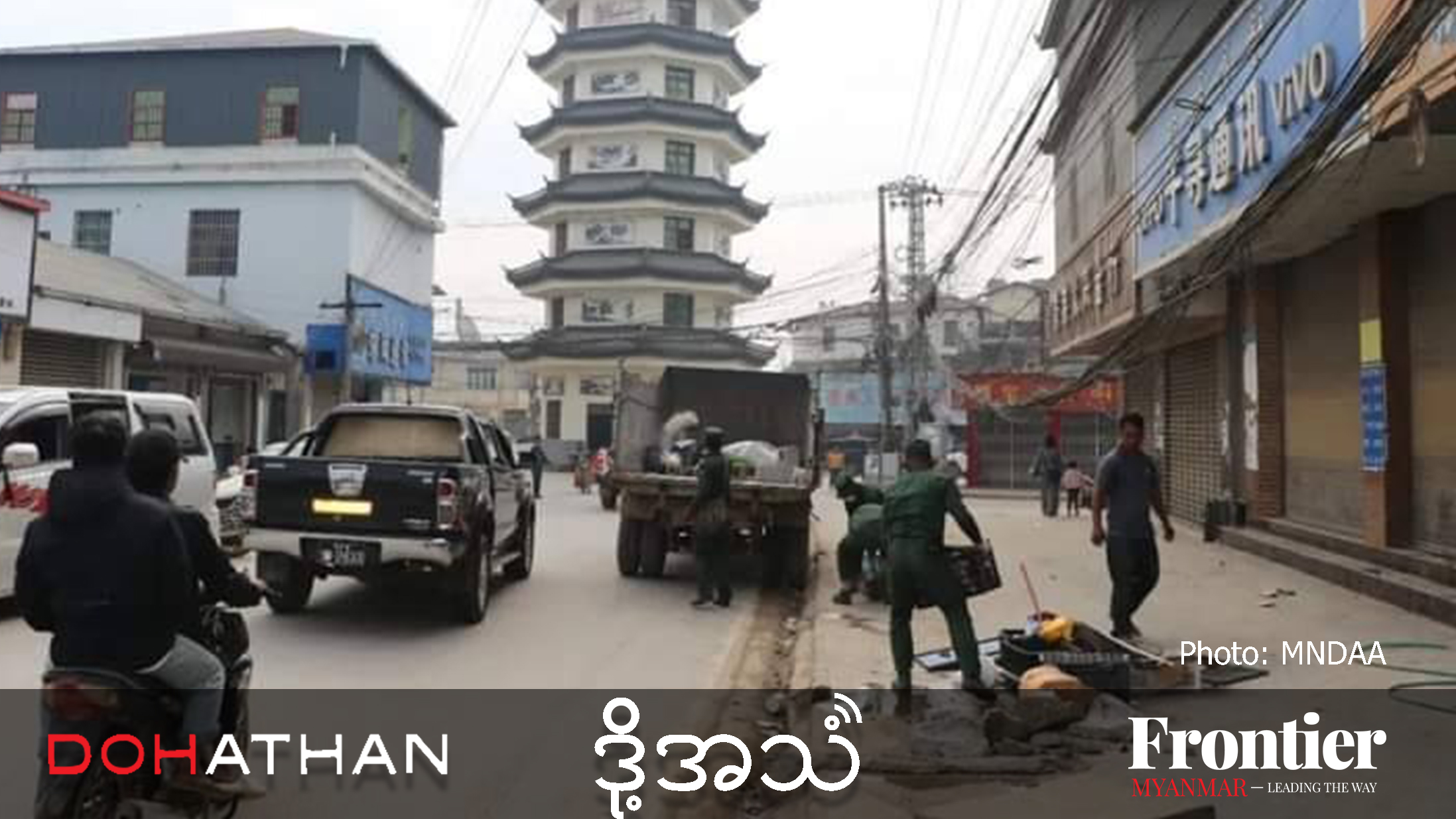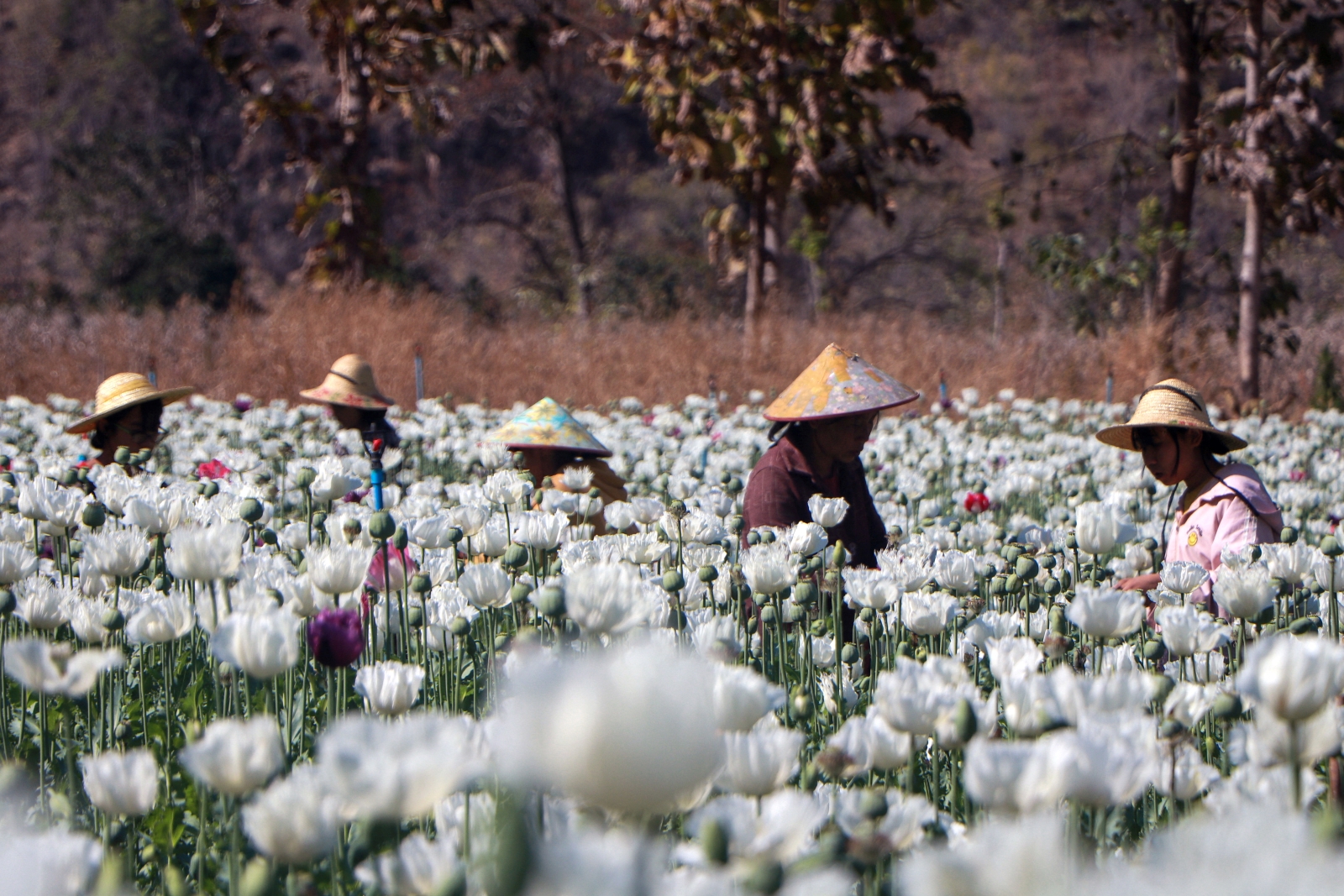A United Nations survey has reconfirmed a link in Myanmar between opium growing and conflict, with insecure areas where there are active insurgencies producing the drug at about the same level of two years ago.
The finding is made in the Myanmar Opium Survey 2017 conducted collaboration between the government’s Central Committee for Drug Abuse Control and the UN Office on Drugs and Crime and released on December 6.
The survey noted a significant decline in opium poppy cultivation except in conflict-affected areas of northern Shan and Kachin states.
“As long as significant parts of Shan and Kachin remain unstable and basically autonomous from the rest of the country and region, the environment will remain a safe haven for those who run the drug trade,” said UNODC regional representative, Mr Jeremy Douglas.
The survey found that opium cultivation in northern Shan and Kachin had declined by three percent and seven percent, respectively, for a total net reduction of 600 hectares since 2015.
Support more independent journalism like this. Sign up to be a Frontier member.
The area under cultivation had declined in northern Shan from 9,700ha to 9,400ha, and in Kachin from 4,200ha to 3,900ha.
However, there was significant progress at the national level, with opium grown on 41,000ha, a decline of 25 percent over the 55,000ha recorded in 2015, the survey found.
The biggest reduction was in eastern Shan, where opium was grown on 11,000ha, down 37 percent on 17,500ha in 2015. Southern Shan achieved a decline of 29 percent, to 16,700ha from 23,400ha.
“Myanmar has taken important steps to address opium cultivation, especially in South Shan where we are running a programme together,” said Mr Troels Vester, the UNODC’s country manager, emphasising the importance of sustainable alternatives to growing opium.
The decline in opium cultivation comes amid a changing regional drug market that in recent years has seen falls in the prices of opium and its derivative, heroin, amid rising use of synthetic drugs, especially amphetamines.







